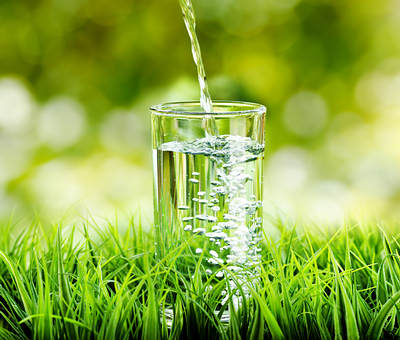People can experience an array of sores on their mouths and their genitals. Three of these types of sore are, by virtue of their name and location, frequently confused: canker sores, the cold sores caused by oral herpes, and chancre sores caused by syphilis.
The last two names are particularly confusing, as chancre rhymes withcanker. Sometimes people aren't certain exactly what their doctor has said. You should always ask your doctor to clarify, but understanding the differences between the three is also helpful. As a quick primer:
- Cold sores are mouth sores caused by the herpes simplex virus (HSV)
- Chancres are sores caused by syphilis, they can appear on the mouth or genitals
- Canker sore are apthous ulcers that occur in the mouth. They're not caused by an infection, and they can not be transmitted to partners. Their appearance is similar to the cold sores caused by HSV.
You can learn more about all these sores below.
Mouth Sores and Oral STDs
The sores found on the face and mouth are the ones that are usually confused by name. Although chancres can occur on the genitals, cold sores and canker sores are restricted to the face. (Strictly speaking, cold sores are the same as genital herpes sores. However, they are not referred to as cold sores when they are on the genitals.)
Only chancres and cold sores are sexually transmitted and contagious. They are caused by syphilis and herpes, respectively. Canker sores are benign mouth ulcers. They are not contagious. They may be associated with contagious infections, if those infections lead to immune problems.
If you have a strange sore on or around your mouth, talk to your doctor or dentist. They will most likely be able to diagnose the type of sore by looking at it or testing it. Then they can determine how and if the sore should be treated.
If you are uncertain what type of sore you have, it makes sense to be cautious during intimacy with a sexual partner. Several types of sores can be transmitted through kissing and oral sex. Indeed, some of the diseases that can cause these sores may be transmitted even when sores aren't visible.
Practicing safer oral sex can reduce the risk of STD transmission. It may also be possible to reduce the risk of transmitting oral STDs by using disinfectant mouthwash. However, that research is still in its early phases.

:max_bytes(150000):strip_icc():format(webp)/GettyImages-685030185-5907575a3df78c5456a3c115.jpg)
:max_bytes(150000):strip_icc():format(webp)/069-590788d53df78c5456eb2c9a.jpg)











